7 traits of effective risk management
Risk assessment process identifies and prioritises a company’s risks, providing quality inputs to decision makers for the purpose of formulating effective risk responses including information about the current state of capabilities around managing the priority risks. Risk assessment spans the entire organisation, including critical business units and functional areas. Effectively applied using business strategy as a context, risk assessment considers such attributes as impact, likelihood, velocity and persistence.
Like any other worthwhile business activity, risk management requires a process with a clear purpose, reliable inputs, well-designed activities and value-added outputs. The risk management process typically includes such activities as the identification, sourcing, measurement, evaluation, mitigation and monitoring of risk.
A well-articulated process view of risk management provides a benchmark for companies to help them formulate their proprietary view of their process that is responsive to their needs.
Here are the characteristics of good risk management:
-
Prioritise Risk
Successful risk management prioritises risk, or establishes risk analysis as an activity on a level equal to that of cost, time, and scope management. This involves increasing the visibility of risk management functions at all levels and inviting risk managers to top strategy meetings. Organisations with poor risk management systems, view risk management as an unnecessary adjunct and often don't integrate the same with the core project process.
-
It’s easier to spot projects in trouble
Risk management practices let you see where projects need attention, and which projects these are. Dovetailing perfectly with any existing Project Management Office processes you already have in place, good risk management can give you the context for understanding the performance of a project and contribute to any health checks, peer reviews or audits.
-
Financial Considerations
Having a risk-management program may be welcome news to your banker and insurance agent. Both are risk managers by profession, so you may see a banker willing to increase credit lines, while an insurance broker can affordably customize your coverage based on a well-designed risk program. The presence of a risk-management program may aid you in proving due diligence in legal action, potentially limiting and protecting your liability in case of a lawsuit.
-
There’s better quality data for decision making
Senior leaders have access to better quality and more helpful data which enables them to make better decisions more grounded in the reality of a project. Being able to access risk information in real time through a project management dashboard means that decisions are made based on the latest data, not a report that is already out of date before it reaches the Exec team.
-
Protecting Resources
When your risk-management program identifies and prioritises key risks that are likely to occur, you improve your company's chances to plan and respond. In turn, this saves you staff hours away from the core efforts of your business. For example, health and safety components of your program may address ergonomics and equipment safety, reducing lost-time injury. Production contingency planning gives your staff alternatives for re-routing production, when an important machine goes down, for instance.
-
Communication is elevated
Good risk management elevates the conversation. It creates a point of discussion between project teams and key senior stakeholders, prompting them to discuss the difficult topics and deal with potential causes of conflict. Suppliers are involved in the conversations too, as risk responses necessarily touch on their activities.
Including them in risk management discussions can create more positive working relationships with their key personnel, because they’ll see that their success is tied to the success of the project and that there is willingness to work as a whole team to do something about it.
-
Business Culture
The presence of an active risk-management program says something about your company's brand. Workers have knowledge of expectations and leadership from the start of their employment, while your business develops a reputation as thorough and professional. You build and support strategic planning through development of your program, and you establish a standard to which you can evaluate performance and adapt to changing needs. When you anticipate risk, your preparation begins, and the shock of the unexpected is dissipated.
Looking for financial risk management training? Find out more about financial risk management courses we can offer you and book onto our FRM course.
All Courses
 Business Administration
Business Administration
 Chemical Engineering
Chemical Engineering
 Communications and Public Relations (PR)
Communications and Public Relations (PR)
 Compliance and Legal
Compliance and Legal
 Contract and Project Management
Contract and Project Management
 Customer Experience and Relationship Management
Customer Experience and Relationship Management
 Energy and Sustainability
Energy and Sustainability
 Finance and Accounting
Finance and Accounting
 Health, Safety and Environment
Health, Safety and Environment
 Human Resources and Talent Development
Human Resources and Talent Development
 Industrial Manufacturing and Production
Industrial Manufacturing and Production
 Innovation and Artificial Intelligence (AI)
Innovation and Artificial Intelligence (AI)
 Leadership and Management
Leadership and Management
 Oil and Gas
Oil and Gas
 Procurement & Supply Chain Management
Procurement & Supply Chain Management
 Quality and Productivity
Quality and Productivity
 Retail and E- Commerce
Retail and E- Commerce
 Sales and Marketing
Sales and Marketing
 Strategy and Business Planning
Strategy and Business Planning
 Sustainability and CSR
Sustainability and CSR
Learning Solutions
iLearn Blog
About Us
 Directory Calendar
Directory Calendar
 Contact Us
Contact Us
All Courses
 Business Administration
Business Administration
 Chemical Engineering
Chemical Engineering
 Communications and Public Relations (PR)
Communications and Public Relations (PR)
 Compliance and Legal
Compliance and Legal
 Contract and Project Management
Contract and Project Management
 Customer Experience and Relationship Management
Customer Experience and Relationship Management
 Energy and Sustainability
Energy and Sustainability
 Finance and Accounting
Finance and Accounting
 Health, Safety and Environment
Health, Safety and Environment
 Human Resources and Talent Development
Human Resources and Talent Development
 Industrial Manufacturing and Production
Industrial Manufacturing and Production
 Innovation and Artificial Intelligence (AI)
Innovation and Artificial Intelligence (AI)
 Leadership and Management
Leadership and Management
 Oil and Gas
Oil and Gas
 Procurement & Supply Chain Management
Procurement & Supply Chain Management
 Quality and Productivity
Quality and Productivity
 Retail and E- Commerce
Retail and E- Commerce
 Sales and Marketing
Sales and Marketing
 Strategy and Business Planning
Strategy and Business Planning
 Sustainability and CSR
Sustainability and CSR
Learning Solutions
iLearn Blog
About Us
 Directory Calendar
Directory Calendar
Contact Us
















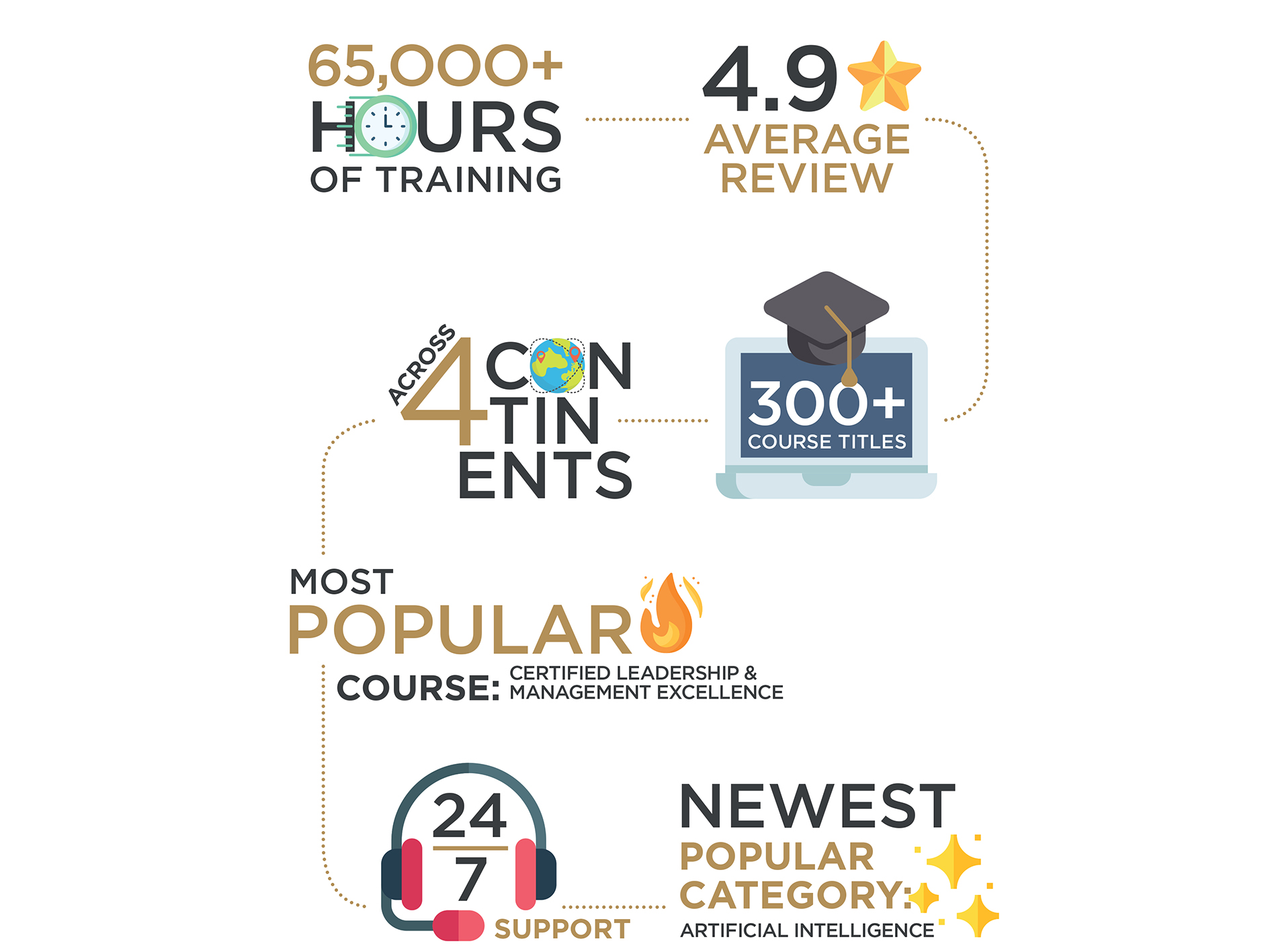








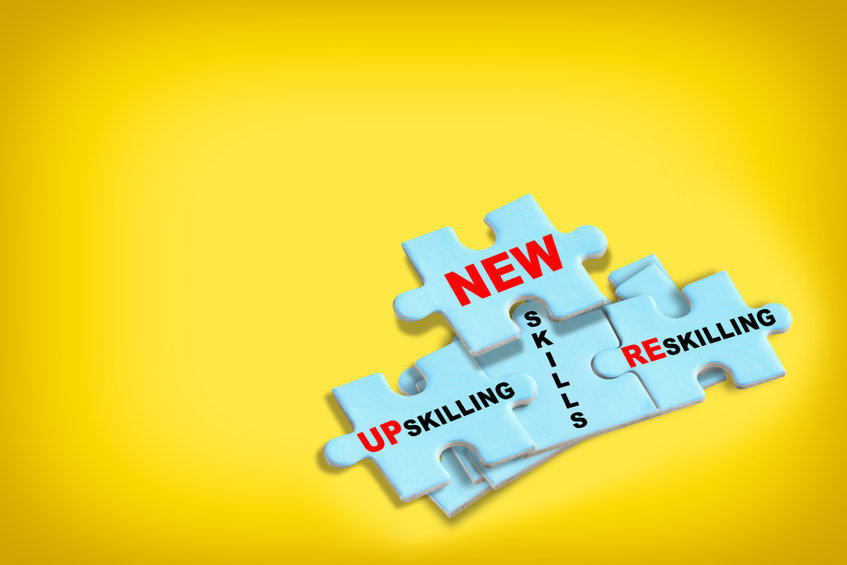






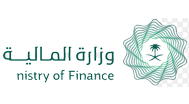


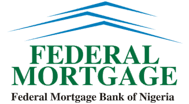

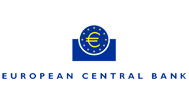
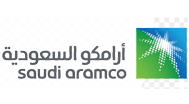
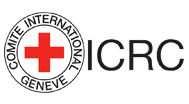
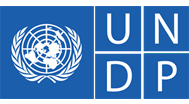
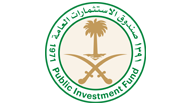




 Course Venue
Course Venue